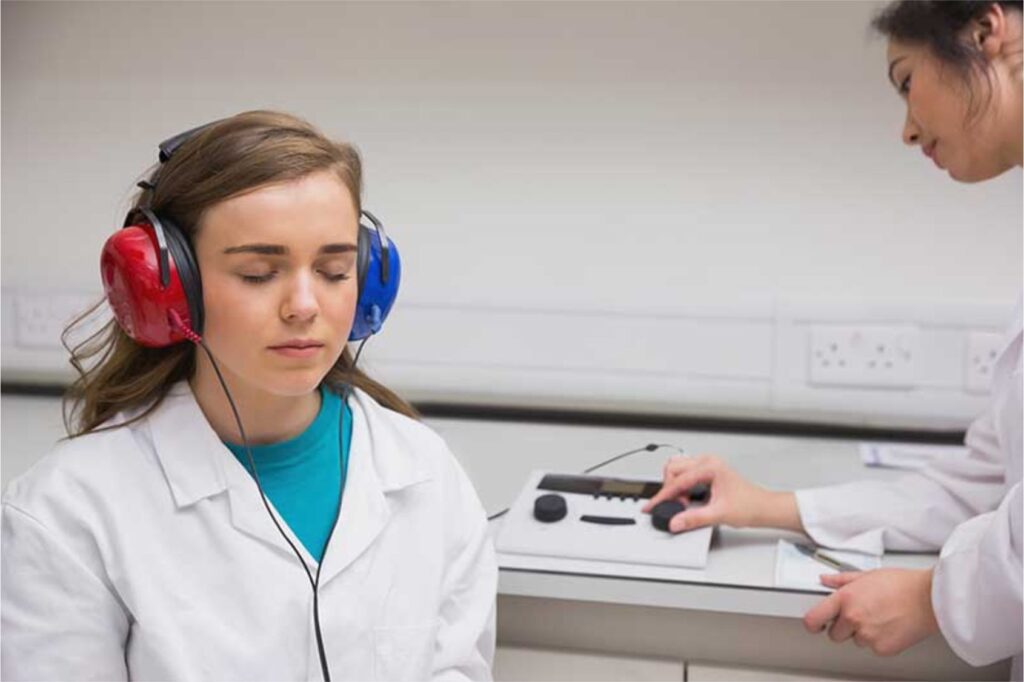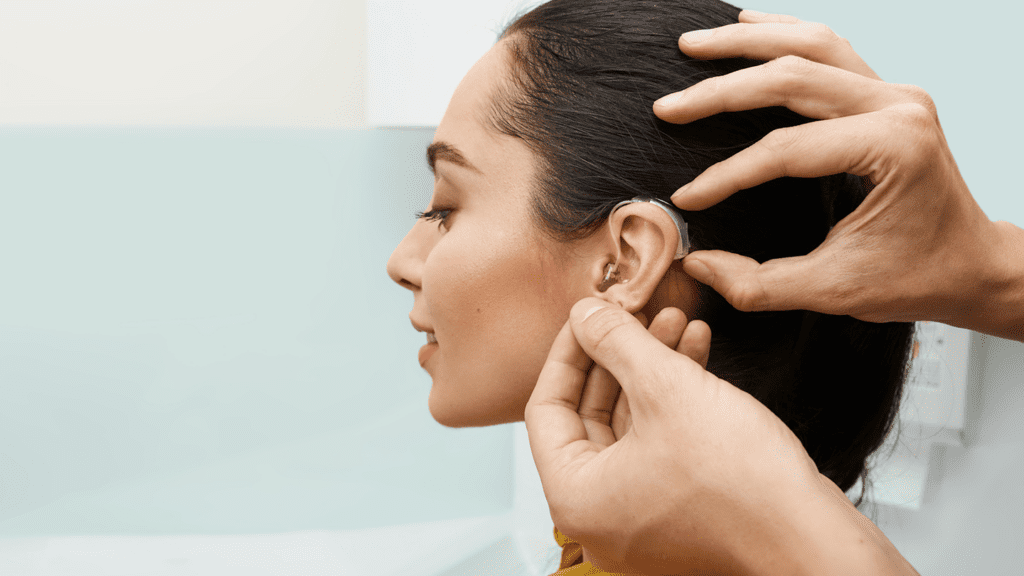Pure tone audiometry (PTA) is a hearing test that measures how well you can hear different frequencies of sound. It is the most commonly used hearing test and is considered the “gold standard” for assessing hearing sensitivity.
During a PTA test, you will wear headphones and listen to a series of pure tones, which are single-frequency sounds. The tones will be presented at different frequencies and intensities. You will be asked to raise your hand or press a button each time you hear a tone.
The audiologist will record the softest intensity at which you can hear each tone at each frequency. This is called your hearing threshold. Your hearing threshold is measured in decibels (dB). The lower the number, the better your hearing is at that frequency.
The audiologist will then plot your hearing thresholds on an audiogram, which is a graph that shows your hearing sensitivity across different frequencies. The audiogram can be used to determine the type, degree, and configuration of your hearing loss.
PTA is used to diagnose hearing loss in people of all ages, including children. It is also used to monitor the progression of hearing loss over time and to assess the effectiveness of hearing aids and other treatments.
Here are some of the common uses of PTA:
- To diagnose and classify hearing loss
- To monitor the progression of hearing loss over time
- To assess the effectiveness of hearing aids and other treatments
- To identify people who are at risk for hearing loss, such as people who work in noisy environments or people who have certain medical conditions
- To screen for hearing loss in children
PTA is a safe and painless test. It typically takes about 30-60 minutes to complete.
If you have any concerns about your hearing, or if you have a history of hearing loss in your family, it is important to see an audiologist for a hearing assessment.


